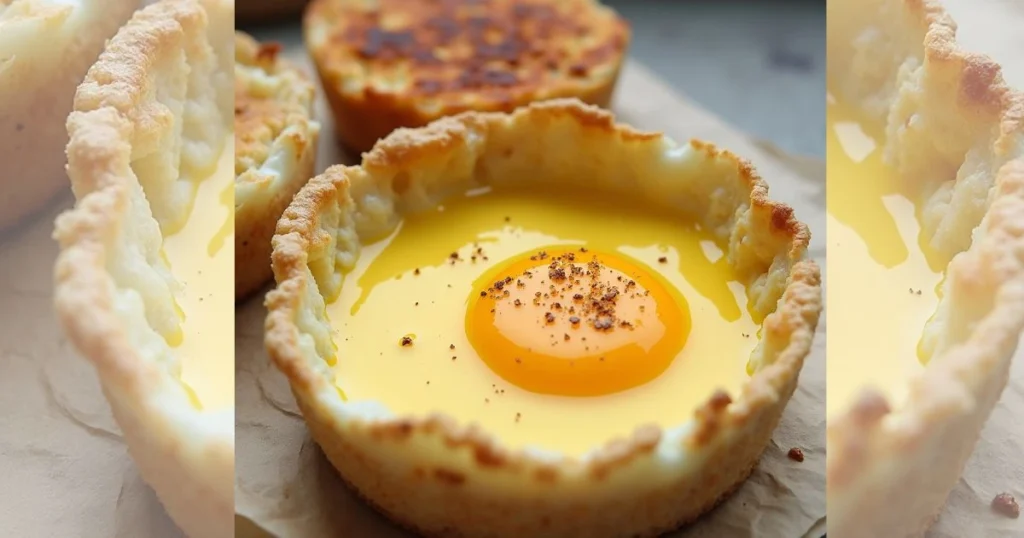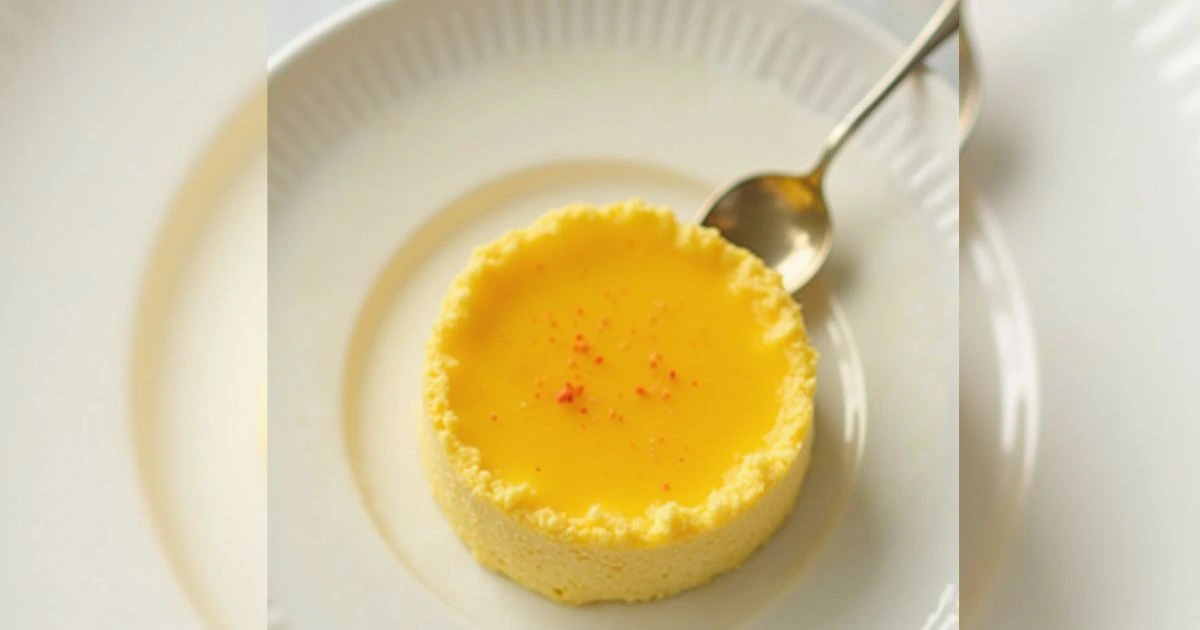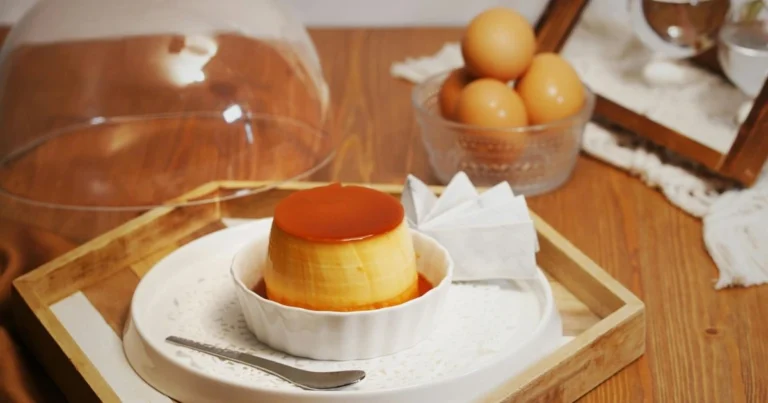10 Unique Variations on Classic Egg Custard: A Journey into Flavor
Introduction
Imagine transforming a classic egg custard from a simple dessert into a culinary masterpiece that will make your taste buds dance with excitement! Egg custard recipe, a timeless treat that has graced tables for centuries, is about to get a revolutionary makeover that will challenge everything you thought you knew about this creamy delicacy.
Table of Contents
The Science Behind the Perfect Custard
Egg custard embodies a fine balance between culinary creativity and scientific precision. The magic happens when protein-rich eggs are gently heated with milk or cream, creating a smooth, velvety texture through a process called protein denaturation. The egg proteins unfold and create a network that traps liquid, resulting in that signature silky consistency we all love.
Why This Recipe Works
Traditional egg custard relies on a precise balance of eggs, dairy, and subtle flavoring. Our creative variations take this fundamental concept and elevate it by introducing unexpected ingredients, techniques, and global flavor profiles that will transform your understanding of what a custard can be.
What Makes These Variations Unique
We’re not just tweaking a recipe; we’re reimagining egg custard as a canvas for culinary creativity. From incorporating international spices to using unexpected cooking techniques, these 10 variations will prove that egg custard is far more than a simple dessert – it’s a gastronomic adventure.

Recipe Card: Master Egg Custard Base
Preparation Details
- Prep Time: 15 minutes
- Cook Time: 45 minutes
- Total Time: 1 hour
- Servings: 6
Ingredients
| Ingredient | Quantity | Notes |
|---|---|---|
| Large Eggs | 4 | Room temperature |
| Whole Milk | two cups | Preferably organic |
| Granulated Sugar | 1/3 cup | Can adjust to taste |
| Vanilla Extract | 1 tsp | Pure vanilla recommended |
| Salt | Pinch | Enhances overall flavor |
Step-by-Step Instructions
- Prepare Ingredients
- Allow the eggs to reach room temperature before starting.
- Set the oven to 325°F (165°C) to preheat.
- Collect all necessary ingredients and tools in advance.
- Create Custard Base
- Whisk eggs gently in a large bowl
- Gradually add sugar, whisking until fully incorporated
- Slowly pour in warm milk
- Add vanilla and salt
- Strain mixture to ensure smoothness
- Baking Process
- Pour mixture into ramekins
- Arrange the ramekins in a water-filled baking dish.
- Bake for 35-40 minutes, or until the center has a gentle wobble.
- Remove and cool completely
Success Tips
- Use a water bath for even cooking
- Do not overbeat eggs to prevent air bubbles
- Check custard at 35 minutes to prevent overcooking
10 Creative Custard Variations
1. Lavender Honey Custard
- Infuse milk with dried lavender
- Replace sugar with local honey
- Garnish with fresh lavender sprigs
2. Matcha Green Tea Custard
- Add 2 tbsp high-quality matcha powder
- Reduce sugar slightly
- Top with toasted sesame seeds
3. Mexican Chocolate Custard
- Add ground cinnamon and cayenne
- Use dark chocolate instead of sugar
- Garnish with chocolate shavings
4. Coconut Tropical Custard
- Substitute half milk with coconut milk
- Add toasted coconut flakes
- Serve with mango coulis
5. Chai Spice Custard
- Steep chai tea in warm milk
- Add cardamom, ginger, and cloves
- Garnish with candied ginger
6. Maple Bourbon Custard
- Use maple syrup as sweetener
- Add 2 tbsp bourbon
- Top with caramelized pecans
7. Citrus Sunshine Custard
- Add orange and lemon zest
- Use part citrus juice in milk
- Garnish with candied citrus peel
8. Pistachio Rosewater Custard
- Add ground pistachios
- Splash of rosewater
- Garnish with crushed pistachios
9. Salted Caramel Custard
- Swirl salted caramel sauce
- Use brown sugar
- Top with extra caramel drizzle
10. Espresso Chocolate Chip Custard
- Add espresso powder
- Mix in mini chocolate chips
- Dust with cocoa powder
Expert Tips & Variations
What Top Competitors Missed
- Neglecting temperature control
- Overlooking ingredient quality
- Failing to experiment with global flavors
Pro Tips
- Always use fresh, high-quality eggs
- Invest in an instant-read thermometer
- Experiment with alternative milks
- Balance flavors carefully
Troubleshooting Common Custard Problems
Issues & Solutions
- Curdled Custard
- Cause: Overheating
- Solution: Use low, steady heat
- Use water bath method
- Grainy Texture
- Cause: Rapid heating
- Solution: Gentle tempering
- Strain mixture before baking
- Cracked Surface
- Cause: Oven too hot
- Solution: Lower temperature
- Use water bath consistently
- Watery Custard
- Cause: Underbaking
- Solution: Bake until slightly jiggly
- Use accurate oven temperature
Trusted Resources for Further Exploration
- America’s Test Kitchen – Custard Techniques
- Serious Eats – Egg Custard Science
- Bon Appétit – Dessert Innovations
Embark on your custard adventure and let your culinary creativity shine!


